 While listening to a Tim Ferriss podcast with guest Mr. Money Mustache, I came across this quote from John Taylor Gatto in the comments. Apparently Gatto was not a fan of compulsory schooling and offered this instead:
While listening to a Tim Ferriss podcast with guest Mr. Money Mustache, I came across this quote from John Taylor Gatto in the comments. Apparently Gatto was not a fan of compulsory schooling and offered this instead:
I want to give you a yardstick, a gold standard, by which to measure good schooling. The Shelter Institute in Bath, Maine will teach you how to build a three thousand square-foot, multi-level Cape Cod home in three weeks’ time, whatever your age. If you stay another week, it will show you how to make your own posts and beams; you’ll actually cut them out and set them up. You’ll learn wiring, plumbing, insulation, the works. Twenty thousand people have learned how to build a house there for about the cost of one month’s tuition in public school.
The idea of building your own home is certainly romantic. I was pleased to learn that the Shelter Institute is still going strong, offering a 2-week Design and Build Class that costs $1,500 for one person ($2,500 for a couple) on their 68-acre campus in Maine. I guess people drive or fly there and stay nearby; they have housing options starting at $100 a week. Classes run from 8am to 5:30pm every day:
Intensive courses that provide you with extensive home building knowledge from site planning to foundations, insulation, engineering, design, wiring, plumbing, tool knowledge and the ability to Design and Build. Whether you have been dreaming of building a home or are already heavily involved in the building industry; the Design Build course or the Contract-It-Yourself course will provide a new understanding of construction and confidence in your ability to complete a project.
I gained some additional insight into the general concept of building your own home in Building a Home of Your Own, an article at the Federal Reserve Bank of Boston for some reason:
For those who desire more individual instruction, the Shelter Institute offers intensive one- to three-week classes on all aspects of house construction. In business since 1974, the Shelter Institute has taught 25,000 students who have gone on to build 8,000 homes. “A lot of people come here thinking that there’s some magic thing they have to learn to know how to build a house,” reported Patsy Hennin, the Institute’s co-founder, in a recent interview with Down East magazine, “but there aren’t any secrets. Perseverance is the biggest thing. Gadgets aren’t the answer. It’s not about how to use a hammer; it’s about how to use your head.”
There are many books and “courses” that about building your own home, but I doubt it can replace an interactive environment where you are handling the tools and watching actual houses being built in person. A few similar schools will teach you to build your own log cabin in 5 days or build your own tiny house in a week.
According to 2016 data from the US Census, only about 6% of new single-family homes are “owner-built”, which means built entirely by the landowner or by the landowner acting as his/her own general contractor. A former manager of mine was the general contractor on his own new construction and also did the electrical wiring and other parts himself. I don’t know if I’ll ever build my own home, but I’m happy that there are still DIY folk out there doing such things. These intensive courses sound like a cool vacation idea actually (if someone could watch the kids).
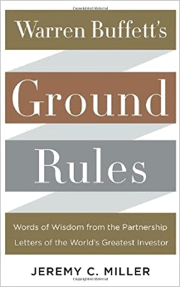 If you get in a debate about owning index funds, Warren Buffett will likely be invoked as an example of successful stock-picking. A recent book called
If you get in a debate about owning index funds, Warren Buffett will likely be invoked as an example of successful stock-picking. A recent book called 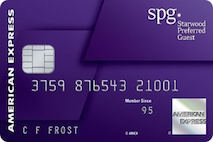
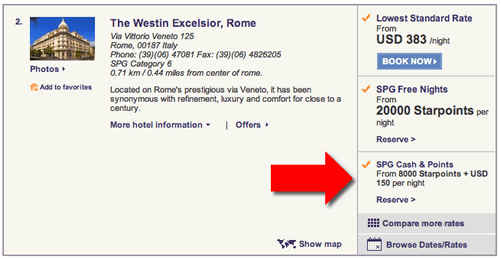
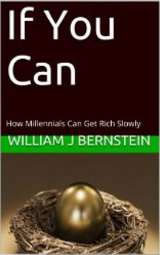 I just finished reading
I just finished reading 

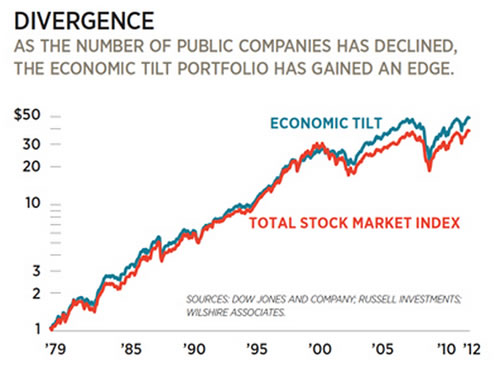
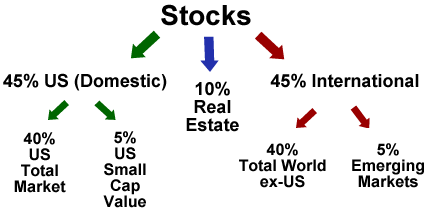
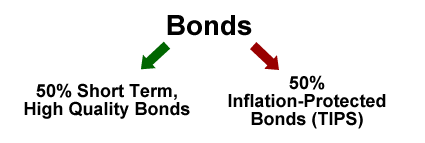
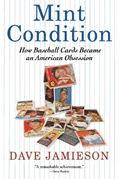 From the 1630s tulip mania to the Roaring 1920s to the Dot-com Bust to Real Estate, I thought I had read about all the bubbles. But it seems that I forgot that I was right in the middle another one – the baseball card craze of the late 1980s and early 1990s.
From the 1630s tulip mania to the Roaring 1920s to the Dot-com Bust to Real Estate, I thought I had read about all the bubbles. But it seems that I forgot that I was right in the middle another one – the baseball card craze of the late 1980s and early 1990s. I apologize for the recent lack of posts, I’ve been having some computer issues. I’ve been experiencing the usual sluggishness that happens after you’ve had Windows for a while, but recently it had been unbearably slow. Even after running multiple anti-virus and anti-malware software, defrag utilities, registry cleaners, I just gave up and had to re-install the operating system. Of course, I’m bad and only make sporadic backups so it took me a while to organize my files and make proper backups.
I apologize for the recent lack of posts, I’ve been having some computer issues. I’ve been experiencing the usual sluggishness that happens after you’ve had Windows for a while, but recently it had been unbearably slow. Even after running multiple anti-virus and anti-malware software, defrag utilities, registry cleaners, I just gave up and had to re-install the operating system. Of course, I’m bad and only make sporadic backups so it took me a while to organize my files and make proper backups. While skimming my new Suze Orman eBook, I ran across her SaveYourself promotion that I
While skimming my new Suze Orman eBook, I ran across her SaveYourself promotion that I  The Best Credit Card Bonus Offers – November 2024
The Best Credit Card Bonus Offers – November 2024 Big List of Free Stocks from Brokerage Apps
Big List of Free Stocks from Brokerage Apps Best Interest Rates on Cash - November 2024
Best Interest Rates on Cash - November 2024 Free Credit Scores x 3 + Free Credit Monitoring
Free Credit Scores x 3 + Free Credit Monitoring Best No Fee 0% APR Balance Transfer Offers
Best No Fee 0% APR Balance Transfer Offers Little-Known Cellular Data Plans That Can Save Big Money
Little-Known Cellular Data Plans That Can Save Big Money How To Haggle Your Cable or Direct TV Bill
How To Haggle Your Cable or Direct TV Bill Big List of Free Consumer Data Reports (Credit, Rent, Work)
Big List of Free Consumer Data Reports (Credit, Rent, Work)